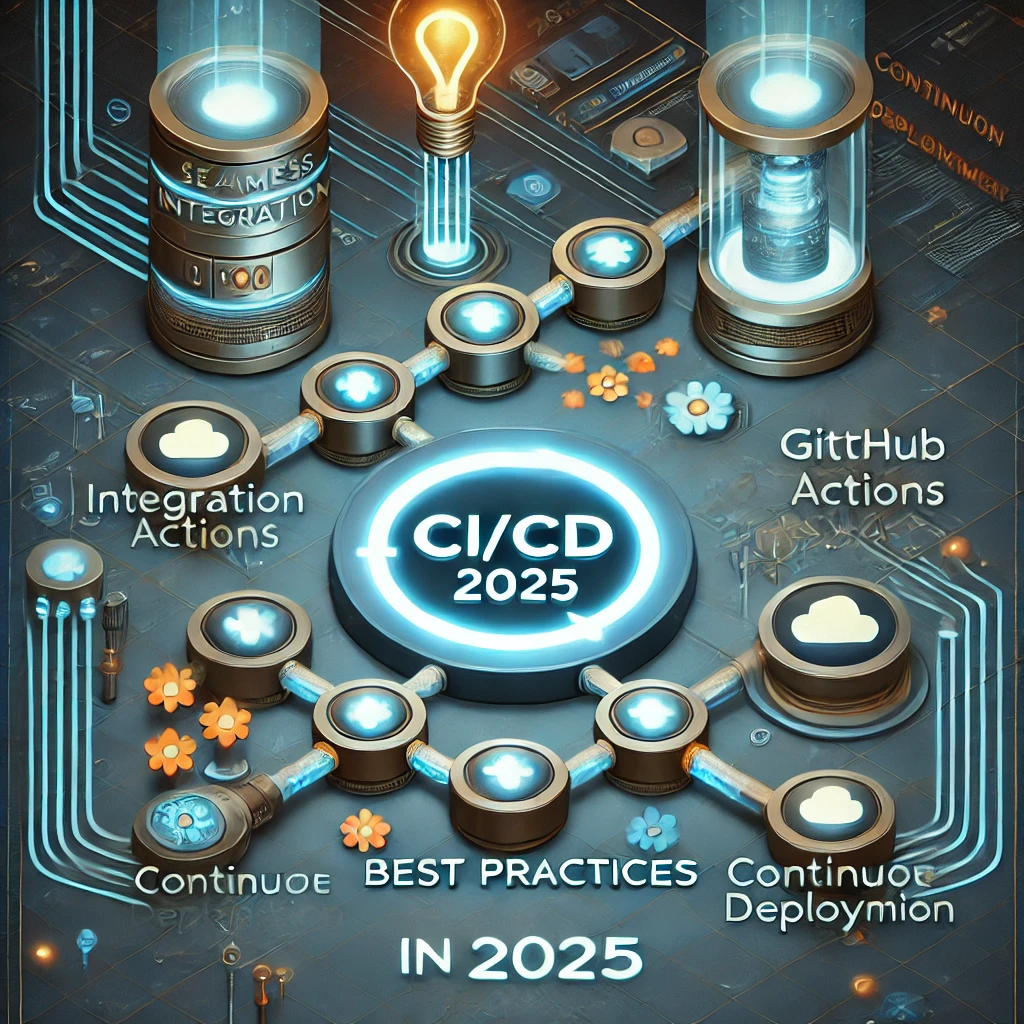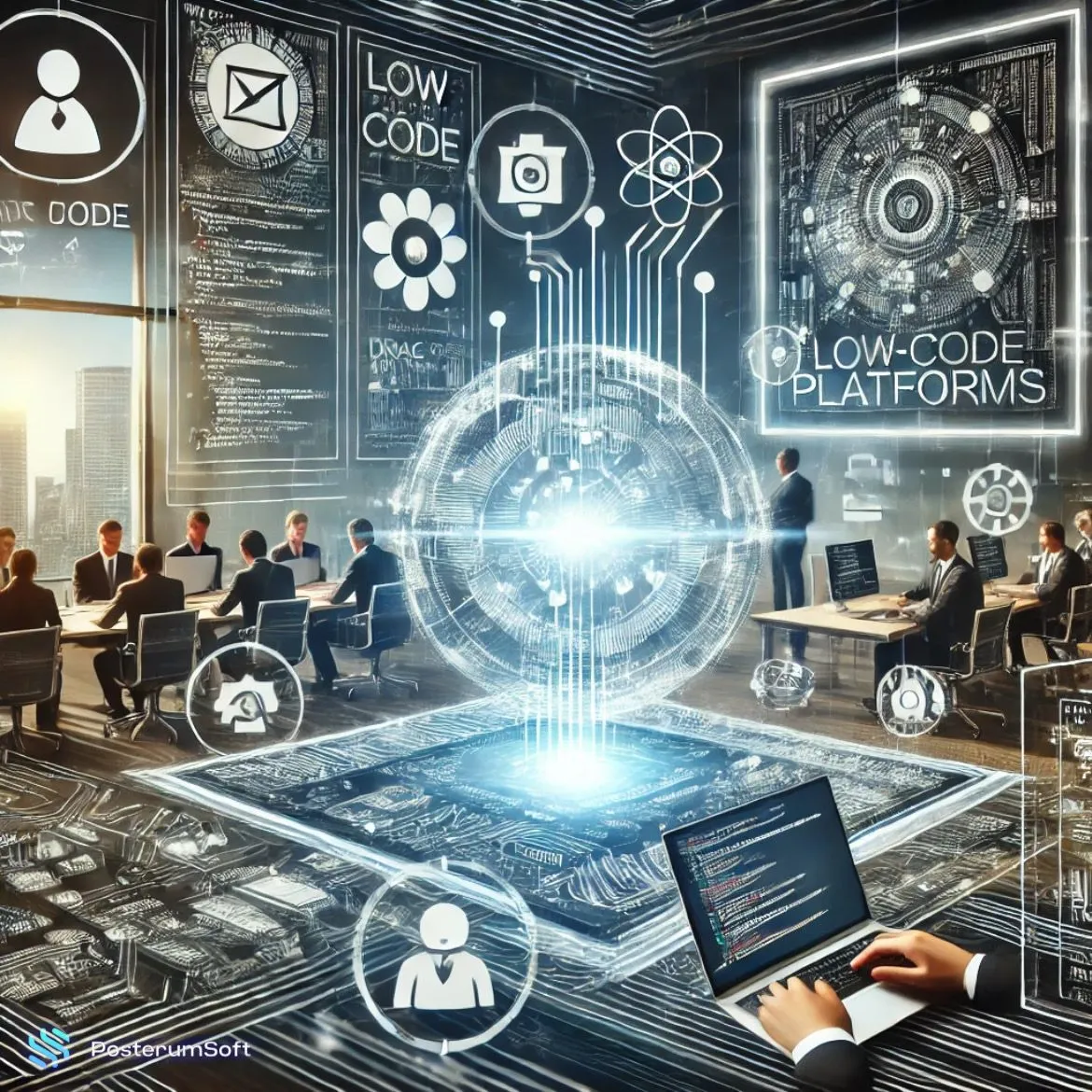
Why Cloud Computing is a Must for SMEs in 2025
Explore why cloud computing is essential for SMEs in 2025, from cost savings to improved security and competitive advantages...
Oct 27, 2024

In an era where digital transformation accelerates business growth, a well-crafted CI/CD (Continuous Integration/Continuous Deployment) pipeline is essential. CI/CD practices improve software delivery speed and quality by streamlining the development workflow, reducing errors, and enabling continuous improvements. As we move into 2025, new technologies, tools, and practices are reshaping CI/CD strategies, creating even more opportunities for teams to achieve seamless integration.
In this article, we’ll explore advanced CI/CD practices and tools that ensure smooth and efficient workflows, enabling modern development teams to stay ahead of the competition.
With increased expectations for software quality, speed, and customer-centric features, development cycles are shrinking. Teams need reliable and agile ways to deliver updates, fix bugs, and deploy new features without introducing errors. CI/CD pipelines help by automating the integration, testing, and deployment processes, giving teams confidence in the quality and stability of each release.
Faster Delivery: Streamlines the path from development to production, reducing time-to-market.
Error Reduction: Catch issues early in development with automated testing, reducing the risk of bugs reaching production.
Enhanced Collaboration: With CI/CD, teams can focus on improving code quality, managing dependencies, and working in parallel on different aspects of a project.
Microservices architecture is a game-changer for CI/CD pipelines. Breaking down an application into smaller, independent services allows teams to deploy each service individually, reducing the impact of changes and enabling faster deployments.
Use containerization tools like Docker to isolate microservices.
Set up Kubernetes or other orchestration tools to manage deployments and ensure services communicate seamlessly.
Create separate CI/CD pipelines for each service, allowing independent updates.
Testing is a cornerstone of CI/CD. In 2025, effective CI/CD pipelines use comprehensive automated testing, covering unit, integration, and end-to-end testing.
Unit Tests: Verify individual parts of the code, like functions or classes.
Integration Tests: Test how different modules work together.
End-to-End Tests: Simulate real user interactions to test complete workflows.
JUnit (Java), Jest (JavaScript), and PyTest (Python) for unit testing.
Selenium and Cypress for end-to-end testing.
Mock APIs to simulate interactions for integration tests.
With CI/CD, speed is paramount. By running tests in parallel and using matrix builds, teams can dramatically reduce build times.
Parallel Testing: Run multiple test suites simultaneously, e.g., different feature tests or tests for separate modules.
Matrix Builds: Test across different environments (e.g., OS versions, browser versions, or Node versions) to ensure compatibility.
name: Node CI
on:
push:
branches:
- main
jobs:
test:
runs-on: ubuntu-latest
strategy:
matrix:
node-version: [12.x, 14.x, 16.x]
steps:
- uses: actions/checkout@v2
- name: Use Node.js ${{ matrix.node-version }}
uses: actions/setup-node@v2
with:
node-version: ${{ matrix.node-version }}
- run: npm install
- run: npm testSecurity is a priority in 2025, and DevSecOps is integral to modern CI/CD. Incorporate security checks into the CI/CD pipeline to detect vulnerabilities early and enforce compliance requirements.
Static Application Security Testing (SAST): Analyze code for vulnerabilities before it’s merged.
Dynamic Application Security Testing (DAST): Conduct security tests in a staging environment to catch runtime vulnerabilities.
Dependency Scanning: Identify security risks in libraries and dependencies, ensuring they’re up to date.
SonarQube for code quality and security scanning.
OWASP ZAP for dynamic security testing.
Dependabot for automated dependency management.
Kubernetes (K8s) has become the standard for deploying and managing applications in cloud environments. Integrating Kubernetes with CI/CD pipelines can simplify deployment, rollback, and scaling processes.
Containerize Applications: Use Docker to package applications for Kubernetes.
Configure YAML Manifests: Set up Kubernetes deployment files to define service specifications.
Automate with Helm: Use Helm charts to manage application dependencies and simplify updates.
CI/CD pipelines should include feedback mechanisms to monitor performance, user experience, and code quality. Continuous feedback allows teams to optimize processes and iterate on user feedback.
Automated Performance Monitoring: Track application performance metrics in real time.
User Feedback Analysis: Collect and analyze customer feedback to drive future releases.
CI/CD Pipeline Metrics: Monitor pipeline efficiency metrics like deployment frequency, lead time, and mean time to recovery (MTTR).
Managing CI/CD resources efficiently can save significant costs. Cloud providers often offer cost-saving options like ephemeral environments that only run when needed, or spot instances for CI/CD tasks.
Ephemeral Environments: Set up temporary test environments that deploy only during testing, reducing idle costs.
CI/CD Caching: Use caching mechanisms to avoid redundant computations, reducing build time and cost.
Pipeline Resource Scaling: Use auto-scaling to adjust resource allocation based on demand.
In 2025, CI/CD pipelines are expected to become even more integrated with AI and machine learning. Predictive analytics could enable smarter resource allocation, anomaly detection, and automated debugging. Additionally, with the rise of edge computing and IoT, we’ll see a growing demand for CI/CD in environments beyond traditional cloud and server deployments.
As CI/CD practices evolve, continuous improvements are essential for staying competitive. By adopting advanced practices in microservices, automated testing, DevSecOps, and Kubernetes integration, development teams can build resilient CI/CD pipelines that deliver quality software faster. In 2025, CI/CD isn’t just a development methodology; it’s a strategic asset that drives innovation, efficiency, and collaboration.
Implementing these best practices ensures that your CI/CD pipeline remains future-ready, enabling seamless integration that empowers teams to deliver exceptional software, meet user expectations, and stay ahead of market demands.
Follow PosterumSoft on LinkedIn: linkedin.com
Follow PosterumSoft on X: x.com
Follow us on Medium: medium.com
Check PosterumSoft on Upwork: upwork.com

Explore why cloud computing is essential for SMEs in 2025, from cost savings to improved security and competitive advantages...

Discover how low-code platforms are transforming app development for businesses, offering agility, flexibility, and cost-efficiency in 2024...